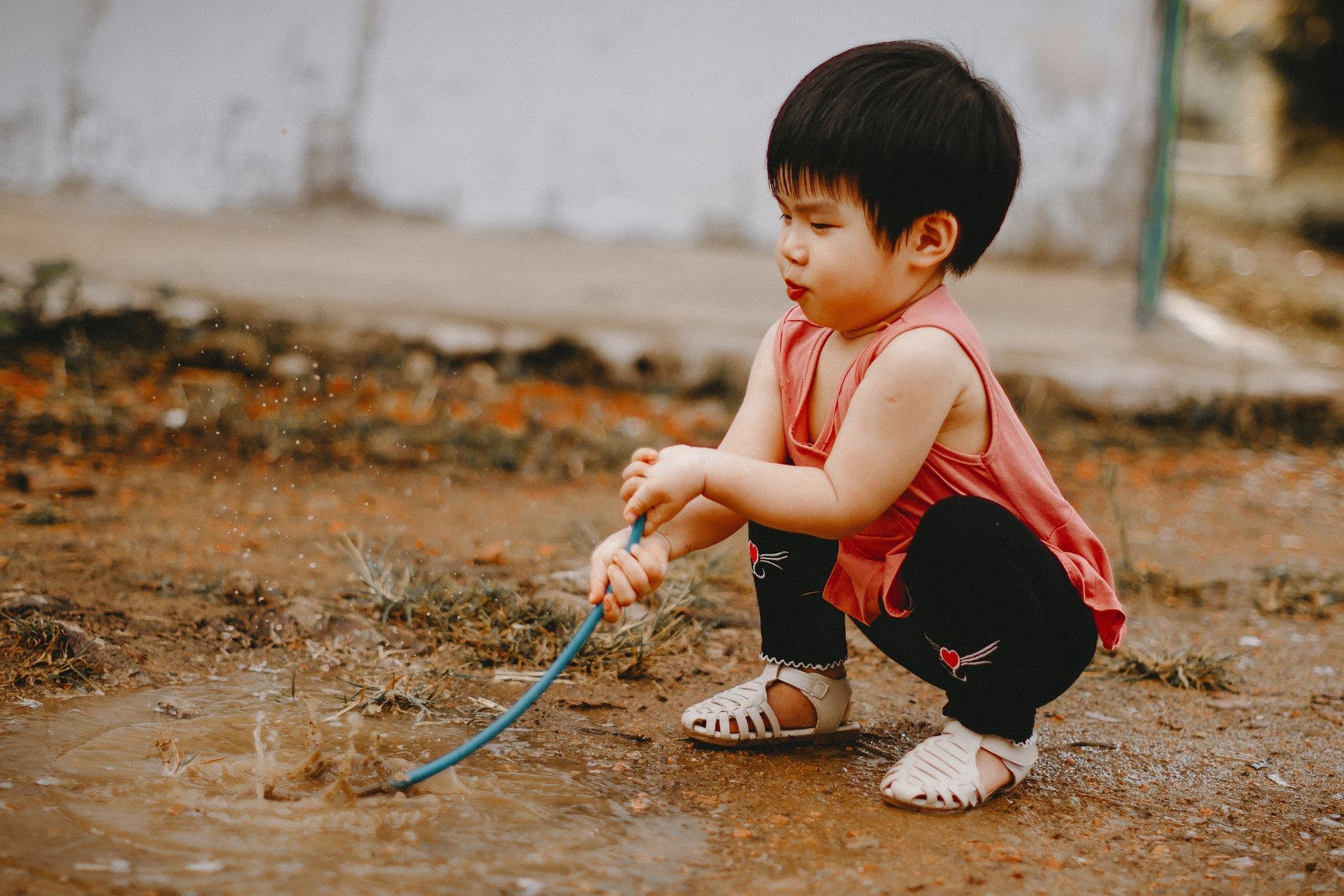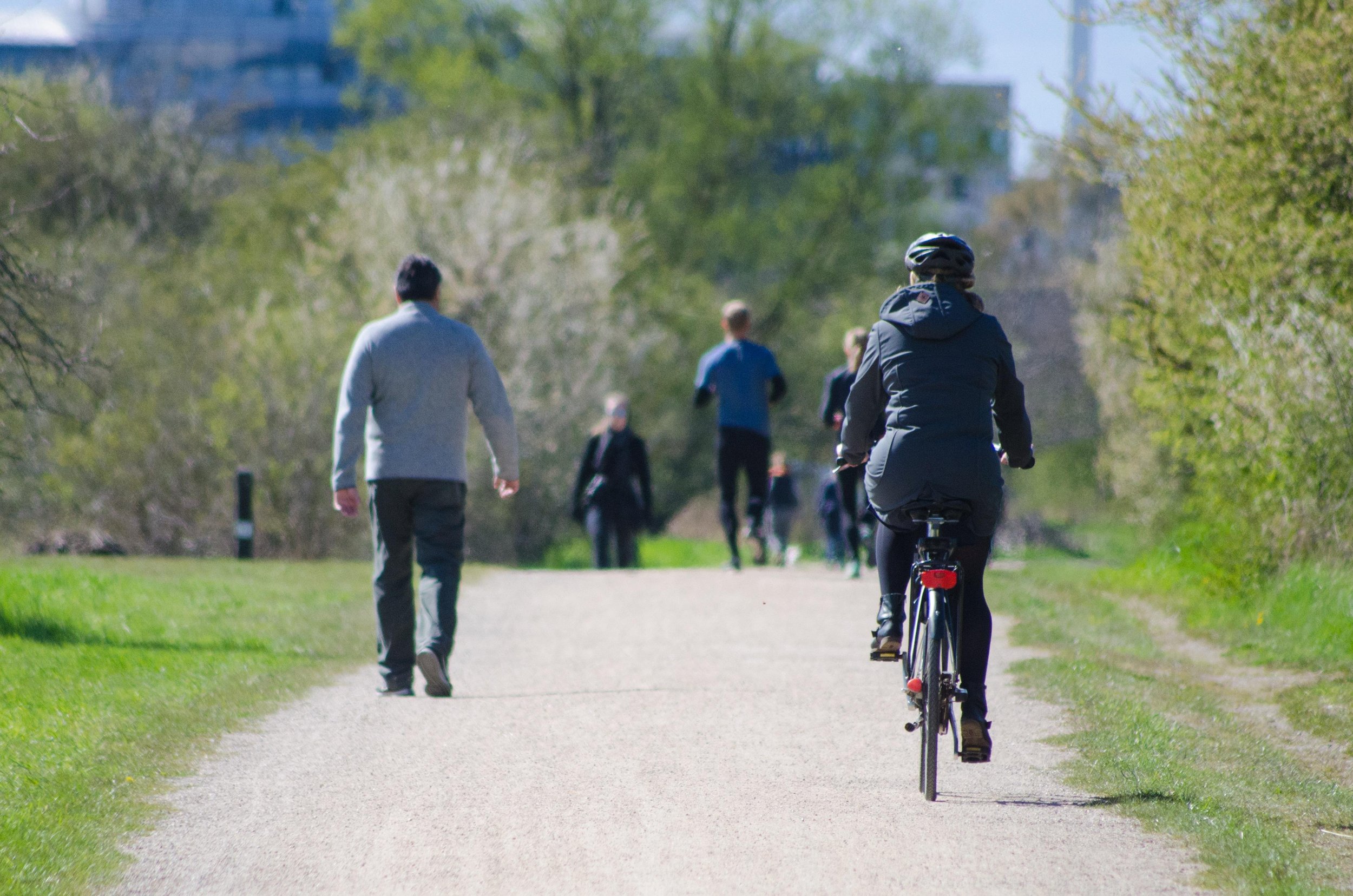Our ancestors evolved alongside friendly microbes. Today, many of these “old friends” have disappeared from our lives. Can we return to the microbial landscape of our past – and should we?
From the dawn of agriculture to the discovery of antibiotics, human history has been marked by magnificent breakthroughs. These developments have saved millions of lives and forever changed the way we live.
However, there may be a hidden cost.
A baby’s immune system comes pre-loaded with basic functions: it knows how to develop a cough, run a fever, and make antibodies. But it doesn’t know how to tell the good germs from the bad. After all, it wouldn’t make much sense for the immune system to automatically recognize every species of bacteria, virus, and parasite on earth. Instead, it takes the clever route. When the immune system meets a dangerous germ, it learns how to attack it. When it meets a harmless germ, it learns how to ignore it. As humans grow up, we encounter lots of germs; this way, our immune system builds a powerful repertoire that allows us to grow into healthy adults.
If our immune system doesn’t encounter the right germs, this process can go wrong. Failure to encounter dangerous bacteria in childhood can mean that the immune system can’t defend itself against them in adulthood. Conversely, if the immune system doesn’t encounter enough friendly germs, it might not learn how to recognize when something isn’t really a threat. This can make the immune system overactive, leading to conditions like allergies, asthma, or even depression. Because of this, we say that friendly germs are “immunoregulatory” – they teach the immune system not to overreact and to save its energy for germs that really are dangerous.
According to a theory called the old friends hypothesis, the number and type of germs we encounter today differ dramatically from our ancient past. Specifically, modern humans encounter fewer germs that are immunoregulatory. For example, antibiotics, which kill both good and bad bacteria indiscriminately, can inadvertently reduce the number of immunoregulatory bacteria living in our bodies, especially when administered to infants. C-sections, which expose infants to fewer and different bacteria than vaginal birth does, are another medical practice that can inadvertently reduce our exposure to friendly germs.
Urban living has also changed our microbial environment. Humans normally have healthy communities of bacteria living in our intestines. These friendly bacteria break down our food, defend us from dangerous germs, and regulate our immune system. Humans who live in rural or traditional communities have more diverse bacteria in their guts than humans who live in developed environments (Rook et al., 2014). Greater diversity in gut bacteria is associated with a less overactive immune system. Some germs, like parasitic worms, even directly talk to our immune system by releasing proteins that tell our immune cells to become less active.
People that live in environments where they are exposed to more immunoregulatory bacteria, like from farms, animals, or other people, have lower risk for allergies, autoimmune disorders, and mental health problems – like depression – that are caused by an overactive immune system (Rook et al., 2014). By reducing our contact with immunoregulatory microorganisms, factors such as urban living and antibiotic use have harmed our relationship with these friendly germs.
Developments across human history have also introduced new, harmful bacteria into our lives. For example, by looking at the teeth of ancient and modern skeletons, scientists discovered that the number of dangerous bacteria living in our mouths increased after the advent of agriculture (Adler et al., 2013). They also discovered that the bacteria responsible for cavities increased in prevalence around the mid-1800s, when humans began industrial refinement of flour and sugar. Another study found that modern humans have more bacteria in their mouth that thrive on diets high in dairy and carbohydrates but low in fiber, and these bacteria may be associated with worse systemic health conditions (Gancz et al., 2022).
Does this mean you should move out into the woods, swear off antibiotics, and eat only food that you can hunt or gather? Not quite. For one thing, science still isn’t advanced enough to fully understand the complexities of the microorganisms we encountered in the past, nor those we face today. Thousands of species of bacteria, not to mention viruses and parasites, inhabit the human body. For comparison, probiotic foods and supplements rarely contain more than a dozen bacterial species. Moreover, the training of the immune system happens over generations and is most impactful early in life. Most importantly, the developments that have reduced our exposure to beneficial bacteria have had largely positive impacts. Antibiotics save millions of lives each year; cities provide invaluable access to healthcare, jobs, and community; and modern agricultural practices, including widespread availability of dairy and carbohydrates, help ensure that people get enough calories and nutrients.
Nonetheless, science has made some headway in repairing our relationship with our microbial friends. For example, scientists are investigating the usefulness of poop transplants, which transfer germs from the gut of a healthy donor to that of a patient, for treating conditions ranging from infections to multiple sclerosis (Wang et al., 2019). Additionally, promising research is revealing that that we can make personal changes, such as considering vaginal delivery instead of C-sections and being cautious about antibiotic use in infancy, and societal changes, such as reducing air pollution and increasing the diversity of plant and animal life in cities, that will have vital and positive impacts on future generations and the germs around them (Sbihi et al., 2019).
Acknowledgements: Thank you to Abigail Gancz for editing.
References
Adler, C. J., Dobney, K., Weyrich, L. S., Kaidonis, J., Walker, A. W., Haak, W., Bradshaw, C. J. A., Townsend, G., Sołtysiak, A., Alt, K. W., Parkhill, J., & Cooper, A. (2013). Sequencing ancient calcified dental plaque shows changes in oral microbiota with dietary shifts of the Neolithic and Industrial revolutions. Nature Genetics 2013 45:4, 45(4), 450–455. https://doi.org/10.1038/ng.2536
Gancz, A., Farrer, A., Dobney, K., Wright, S., & Weyrich, L. (2022). Health and dietary drivers of human oral microbiome composition in ancient Britain [Conference Presentation]. American Journal of Biological Anthropology, Denver, Colorado, 2022.
Rook, G. A. W., Raison, C. L., Lowry, C. A., Rook, G. A. W., Raison, C. L., Lowry, C. A., Lyte, M., & Cryan, J. F. (2014). Microbiota, Immunoregulatory Old Friends and Psychiatric Disorders. Advances in Experimental Medicine and Biology, 817, 319–356. https://doi.org/10.1007/978-1-4939-0897-4_15
Sbihi, H., Boutin, R. C. T., Cutler, C., Suen, M., Finlay, B. B., & Turvey, S. E. (2019). Thinking bigger: How early-life environmental exposures shape the gut microbiome and influence the development of asthma and allergic disease. Allergy, 74(11), 2103–2115. https://doi.org/10.1111/ALL.13812
Wang, J. W., Kuo, C. H., Kuo, F. C., Wang, Y. K., Hsu, W. H., Yu, F. J., Hu, H. M., Hsu, P. I., Wang, J. Y., & Wu, D. C. (2019). Fecal microbiota transplantation: Review and update. Journal of the Formosan Medical Association, 118, S23–S31. https://doi.org/10.1016/J.JFMA.2018.08.011

